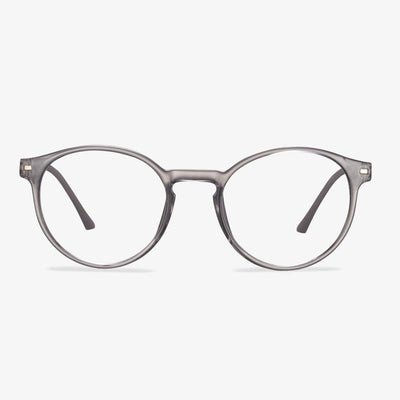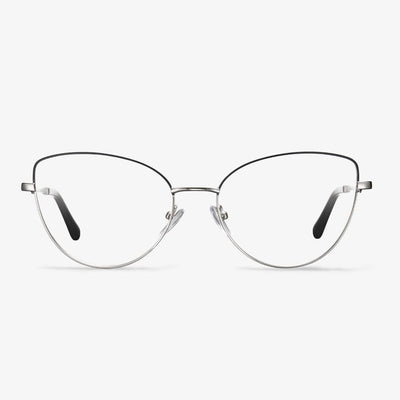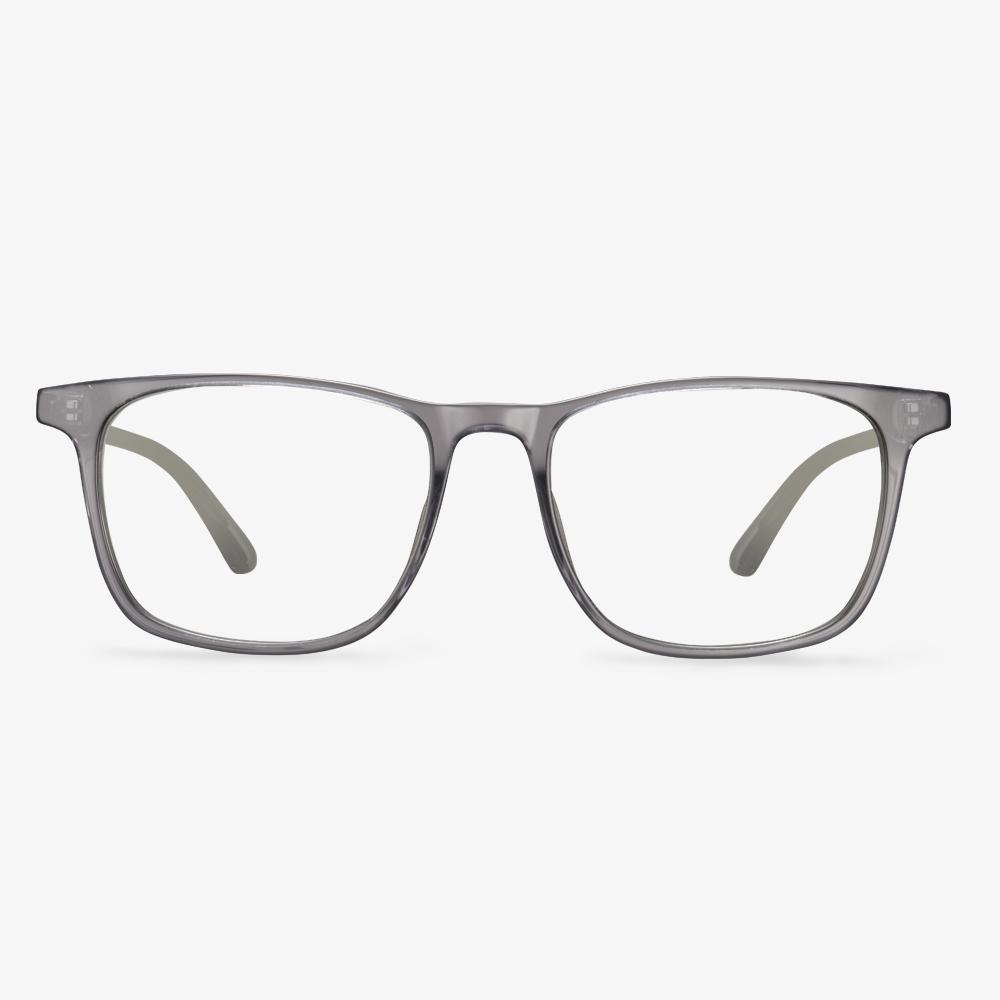Optometry for prescription glasses
The key prerequisite for proper glasses is accurate optometry. In foreign countries, professional optometrists are generally required to be qualified to issue prescriptions for optometry. However, this is not very standardized in China. Many optometrists have only been trained for a short period of time and do not have the basic knowledge of ophthalmology. For some complex situations, they may not give a proper prescription for glasses. Therefore, optometry should choose a qualified institution. If you are adolescents, people with high myopia, people with anisometropia, etc., you may need to dilate your pupils for optometry. It is best to go to the optometry center of the hospital for optometry
Benefits of wearing blue light blocking glasses
-
Use blue light blocking glasses to relieve eye discomfort.
Excessive use of the device can cause computer vision syndrome or digital eye fatigue. Glasses with blue light filtering technology can enhance your concentration and reduce eye fatigue, thereby making your eyes feel less tired and improving work efficiency. Another way to reduce eye strain is to ensure that you stay away from the screen regularly.
-
Sleep better with blue light blocking glasses
One of the more surprising effects of touching the screen is that it may have a negative effect on sleep patterns. Blue light has a high energy frequency, which can increase alertness and delay the body's release of melatonin, which helps induce sleep. Generally speaking, we should all avoid using Blu-ray devices one to two hours before going to bed. Anti-blue light glasses can reduce the impact of blue light, allowing you to use your device before going to bed and still have a good night's sleep. However, the best option is to put down the screen before going to bed.
-
Reduce the possibility of AMD
Age-related macular degeneration (AMD) is the main cause of blindness. Anti-blue light lenses can help avoid or delay this situation by preventing blue light from affecting your eyes.
Computers, TVs, mobile phones, and tablets all emit blue light. Even with long-term exposure, the blue light emitted by these devices may not be enough to cause damage to the eyes or vision. However, further research is needed to confirm whether the blue light emitted from these devices is harmful. Experts are also uncertain whether blue light glasses can help symptoms associated with increased screen exposure. Ophthalmologists suggest that eye fatigue, headaches, and lack of sleep may be related to computer vision syndrome, rather than blue light exposure. For eye health, wearing blue light blocking glasses is not enough, we still have to develop good eye habits.
Titanium is currently too expensive to refine.
It is highly demanding in buckling, stamping, cutting, and welding. The extraction of titanium, like that of aluminum before the 19th century, was quite costly and produced in limited quantities, so it was used only in extremely important fields, such as aerospace, electronics, precision instrument manufacturing, and so on.
What is carbon fiber?
Carbon fiber, called black gold, is a kind of modern high-strength fiber, beautiful and pleasing to the eye. They are light, anti-allergy, highly durable. Initially, carbon fiber was used in aerospace, energy-related equipment, sports materials, construction, and other fields. Its rigidity, high strength, low weight, and high chemical resistance make carbon fiber a popular material for glasses and sunglasses.
How much do a pure titanium eyeglass frame cost?
For the plastic frame, without a fixed metal rod in the middle, the retail price of the exclusive store is 30 dollars or so. Resin-coated metal frames are inexpensive, 35 to 85 dollars in the store. Because pure titanium is more difficult to make, and the material is more expensive, the frame price often starts from 50 dollars. For example, the ordinary Seiko pure titanium eyeglass frame is about 85 dollars. In Europe and the United States and other developed countries, titanium spectacle frames are popular as a kind of high-grade decoration and fashion. In the past two years, the domestic began to be popular little by little. Titanium spectacle frame belongs to high-grade consumer goods, and the price is usually above 50 dollars.
What Are Progressive Lenses?
Progressive lenses have grown in popularity and are one of the most common solutions to treat vision loss that occurs with age or presbyopia. This eye condition occurs when the eye loses some of its flexibility and ability to adjust to clear seeing objects at different distances. Presbyopia often occurs among adults who are over age 40 and is very easy to correct with a proper and prompt diagnosis.
Progressive lenses are often used to correct this eye condition. Progressive lenses are a modern alternative to bifocal glasses, which provides two prescriptions in a single set of glasses. Bifocal glasses are a better solution than carrying around multiple pairs of glasses. Progressive lenses were developed to resolve some of those common issues and to provide better aesthetics. Progressive lenses provide a smooth transition and can accommodate up to three prescriptions and are a replacement for both bifocals and trifocals.
What Is Polycarbonate Lens?
Polycarbonate was developed in the 1970s for aerospace applications and is currently used for the helmet visors of astronauts and for space shuttle windscreens. Polycarbonate lenses were introduced in the early 1980s in response to a demand for lightweight, impact-resistance lenses. Since then, polycarbonate has become standard for safety glasses, sports goggles, and children’s eyewear.
Polycarbonate glasses are thinner and lighter than regular plastic lenses. They provide 100% UV protection and are up to 10 times more impact-resistance than plastic or glasses lenses. Polycarbonate glasses also offer clearer and more comfortable vision if an anti-reflective coating is applied to the lenses, which can eliminate distracting lens reflections that interfere with vision, particularly when driving at night or in other low-light conditions when glare sources are present.
However, polycarbonate lens is a naturally soft material, making it more subject to scratching without adequate protection with a scratching-resistant coating. Polycarbonate glasses have high dispersion due to its low Abbe value of 30, causing chromatic aberrations.











































